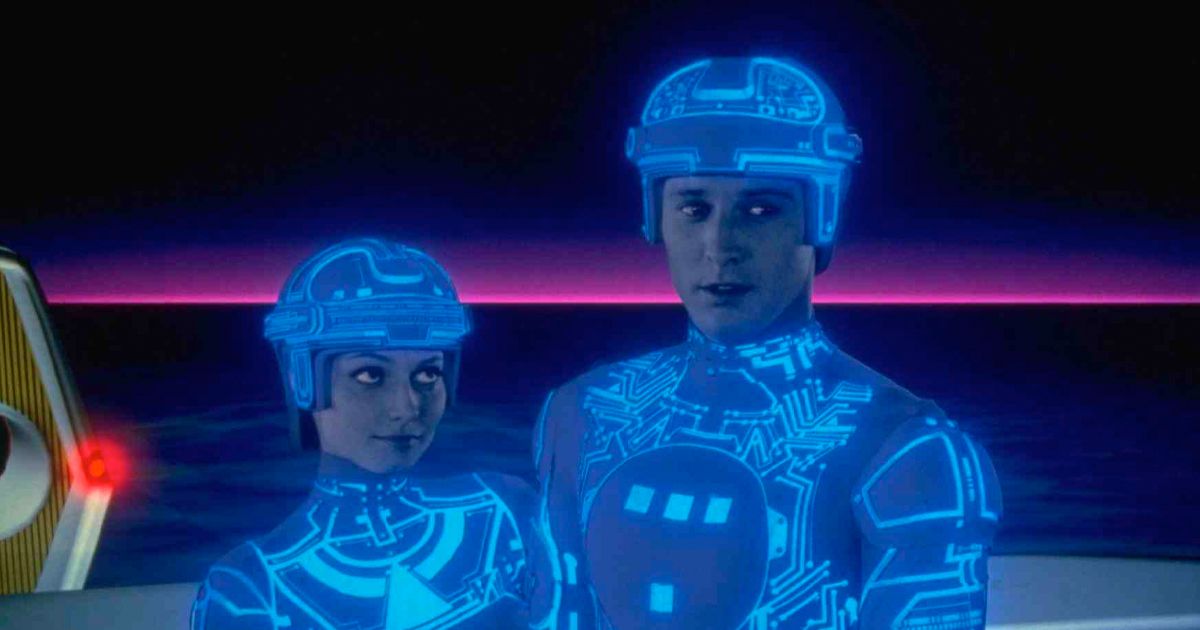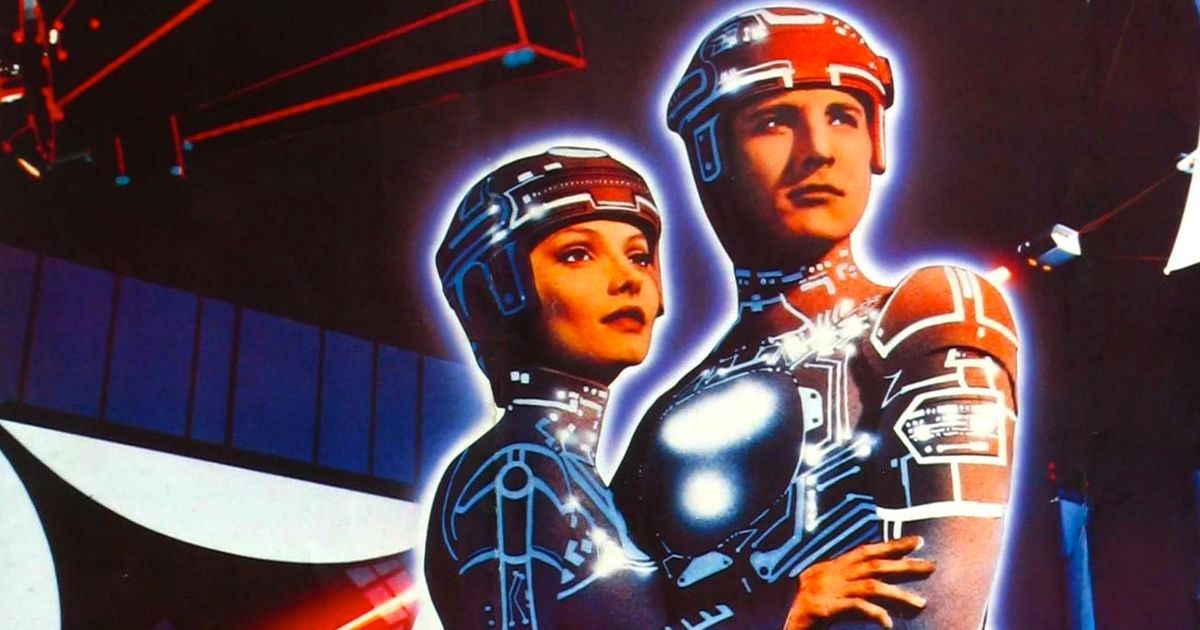Ready for something mega in the metaverse? It's time. But first, let’s travel back 40 years, shall we? It’s the summer of 1982 and TRON ignites movie screens, forever changing the course of animation. The film, which was directed by Steven Lisberger and starred Jeff Bridges, Bruce Boxleitner, and Cindy Morgan, was considered spellbinding at the time for introducing audiences to a vibrant digital world—today we call it the metaverse. In celebration of TRON’S 40th anniversary, producer Donald Kushner is delving deeply into the metaverse, in fact, with an innovative endeavor dubbed Cryptosaurs. Think of it as the next evolution of dinosaurs. Here, users experience a digital journey with the help of Web3 technology that brings each Cryptosaur character to vivid life. The adventure launches with a limited edition of Cryptosaur NFT “eggs” this fall—each 3D egg offers its holder a fascinating opportunity to “hatch” their own collectible, solely unique digital Cryptosaur.
“Cryptosaurs will take this world closer to the one TRON created, and to the next level of open-source communication and entertainment,” Kushner says. “There's a lot to be excited about. The metaverse is the new frontier for art, entertainment, design, and learning. We could not ask for a better partner than Forj and their parent company, Animoca. Our talents are complementary and make us unique. Yat Siu, the co-founder of Animoca, was hired by Atari when he was 13 years old in 1982. It was at the same time Hal Finney was working at Atari on the TRON video game.”
Curiously, Finney, who died in 2014, was cryogenically preserved the same year that Yat Siu founded Animoca, which has generated buzz through the years with its digital entertainment, blockchain, gamification, and AI technologies.
“Multiple factors coincide to make the timing good now,” Kushner adds of Cryptosaurs. “What's the old saying? Luck is when preparation meets opportunity. Our professional history has prepared us to generate unlimited derivatives from our story world. The opportunity is that we've partnered with Forj and Animoca, where we first crossed paths in 1982.”
Exploring The Metaverse
So, how will Cryptosaurs work? First comes gestation. In the metaverse, each egg contains a line of code. A gene randomizer creates a sequence of “freeze or hatch” events that will take place in early 2023. At that time, each "egg holder" will be alerted which species of Cryptosaur they’ve been given, and how and where they can use it in the metaverse.
“From a storytelling standpoint, we want our re-conceived Cryptosaurs to help humans avoid the extinction that happened to dinosaurs by helping us live in better harmony with one another, and with the planet,” Kushner explains. “We'd like there to be a game platform that is also educational for young people, who can learn through interactions with our story world.”
By the looks of it, Kushner has a fine team to collaborate with. Creative director John Scheele worked on TRON and Blade Runner, and Doug Ferguson, the former senior vice president of product development at The Pokémon Company, is also on board. Collectively, they aim to create a virtual Web3 studio to produce entertainment content that is also open-sourced, where the creators get rewarded for their contribution based on smart contracts.
Egg holders take note: through Cryptosaur characters, the production team may make available a slew of inventive offerings—everything from winning games, artwork, a feature film, and immersive VR and AR museum exhibits to educational media, a graphic novel, and even a pinball machine.
“My inspiration comes from ideas of the collective consciousness of creative people that are looking to go on a path less traveled,” Kushner says. “The decentralized metaverse will provide for a different creator economy. I set my sails out to sea to see where this new destiny leads.”
The TRON Legacy
By all accounts, TRON was groovy visual eye candy. Watching somebody get sucked into a video game is one thing. Having that “game” come to life on the big screen was something else entirely. Special effects supervisor Harrison Ellenshaw and his team created a wildly fascinating digital world filled with vivid green, purple, blue, red, and yellow hues, and backdrops that stunned the eyes. Nothing like it had been done before it. It was of the “time” and downright groundbreaking.
“TRON connected with a generation of young people who were just beginning to play video games and there was a realization that computers would change how we experience the world,” Kushner reflects of the original film’s allure. “Its biggest impact was on future artists, writers, philosophers, and designers who understood in their DNA that they'd be using computers in their careers. TRON was the first time they'd seen what they were feeling put onto a movie screen.”
The audience was quick to understand the alternative reality of the electronic world, too, Kushner adds, “but it is no coincidence that Hal Finney, rumored to be Satoshi Nakamoto, the creator of Bitcoin, worked on the TRON video game. He started posting on open-source message boards in the 1990s. It was Flynn’s character in TRON [played by Jeff Bridges] who was fighting for the users.”
Certainly, the plot won over audiences: what can go wrong when a computer hacker is abducted into the digital world and forced to participate in breathtaking gladiatorial games where his only chance of escape is with the help of a heroic security program? Lisberger, who collaborated with Charles S. Haas on the screenplay from a story by Bonnie MacBird, won kudos and the film’s stars held their own. When TRON: Legacy arrived in 2010, the film found Garrett Hedlund taking on the role of Sam Flynn—the son of Bridges’ virtual world designer (Kevin Flynn) in the original—venturing off to find his father, only to wind up inside the digital land his father designed. Olivia Wilde also starred.
“The film will always be a milestone in movie history,” Kushner says. “The entire industry moved from pencil and paper to pixels and screens. More importantly, it set the stage for the metaverse and the alternate reality of the electronic world where our avatars could live and communicate. So, as a film that affected people's lives and livelihoods in a profound way, it holds up.”
Back in 1982, Kushner felt the timing was right for TRON. The filmmakers would be first to depict the electronic world that dwelled inside a video game with the use of CGI. Remember that? “The technology, using the most powerful computers in the world at that time, was just beginning to make computer-generated art possible,” he points out. “We developed the concept, the script, the artwork, and found a place at Disney where they had a new head of production, Tom Wilhite. Everyone in the world who was using computers to make art wanted to be part of it.”
When asked about a potential future iteration of TRON—streaming series, anyone?—Kushner is candid, noting that the future of TRON-branded IP, no matter what format it's in, is up to Disney’s content groups. Still, TRON is already an amusement ride in China and about to become a massive amusement park ride in Florida.
Kushner remains forever optimistic, though. “I think we're actually doing a new iteration of TRON in Cryptosaurs—fighting for the “users” for decentralized creation and control of IP in the metaverse.”
Learn more about Cryptosaurs here.



